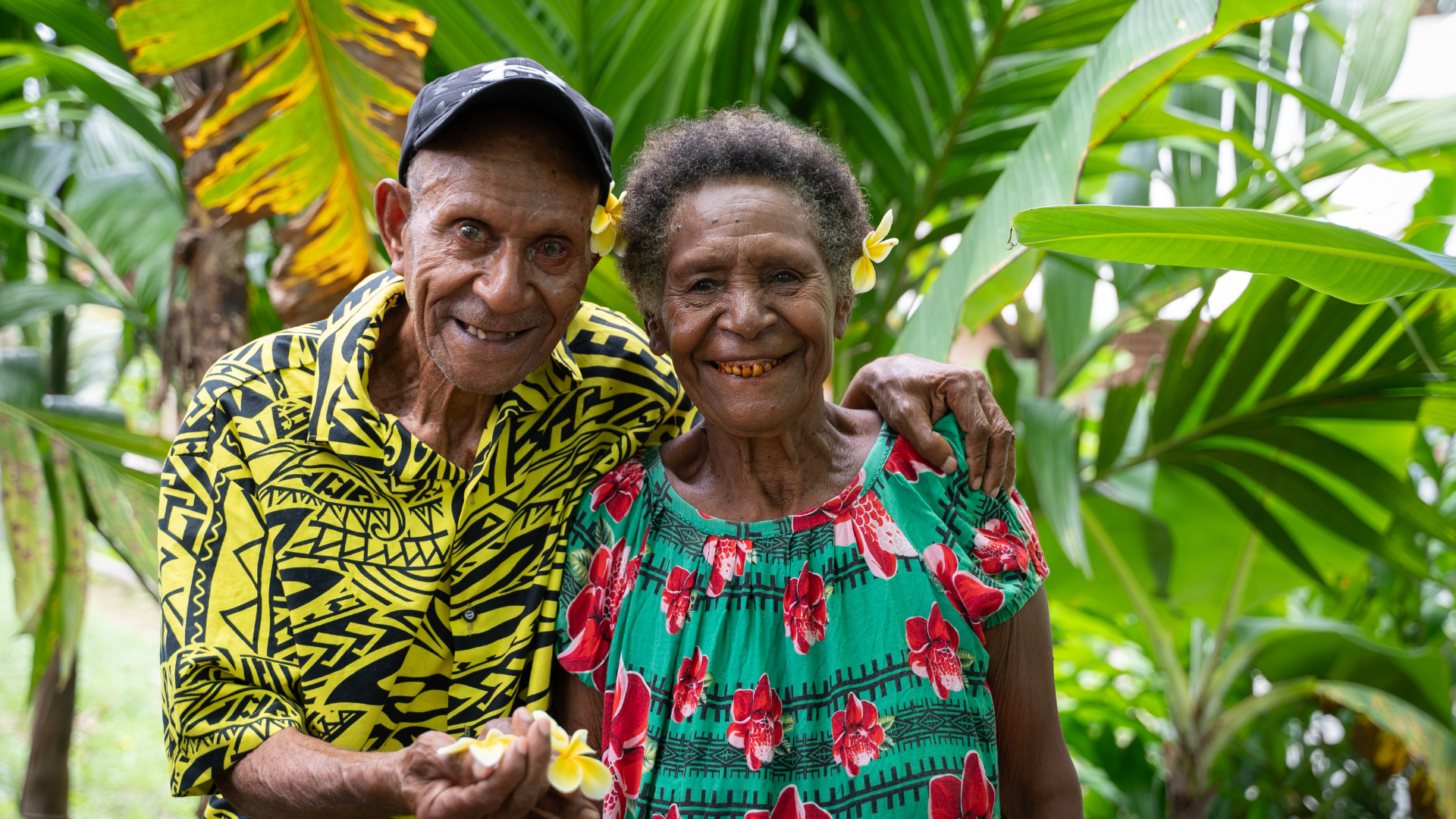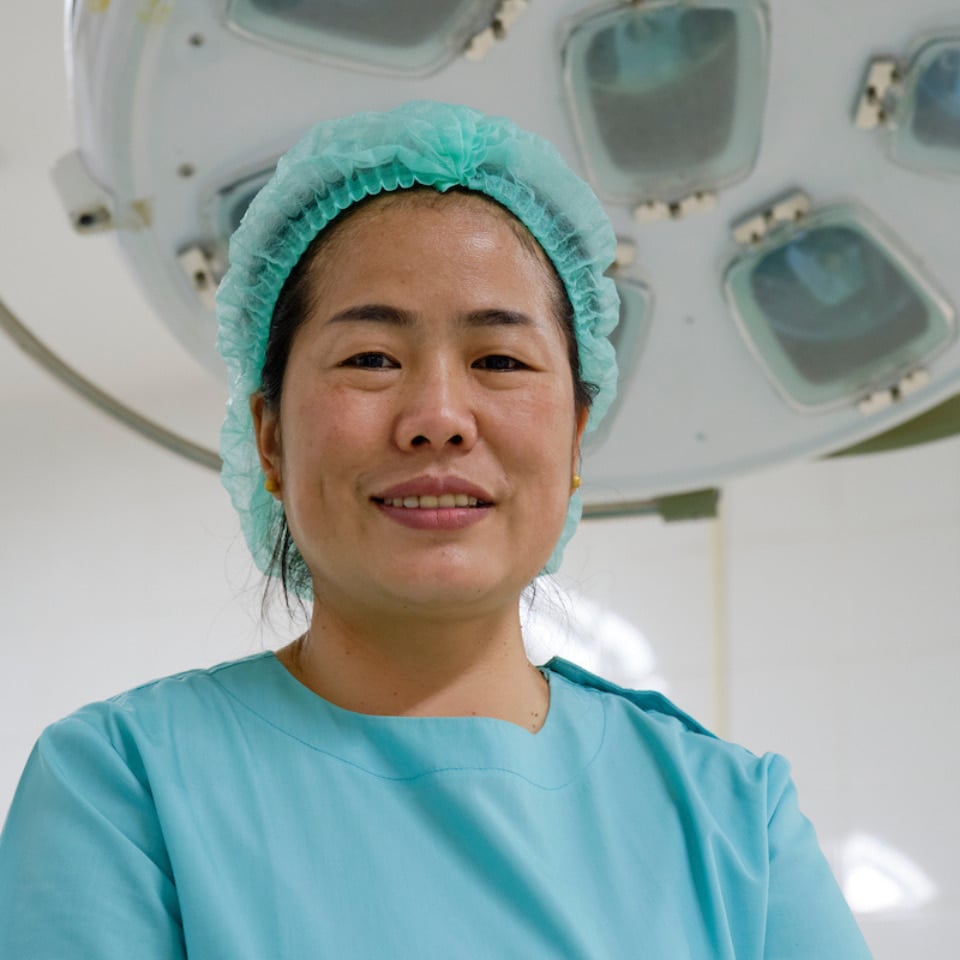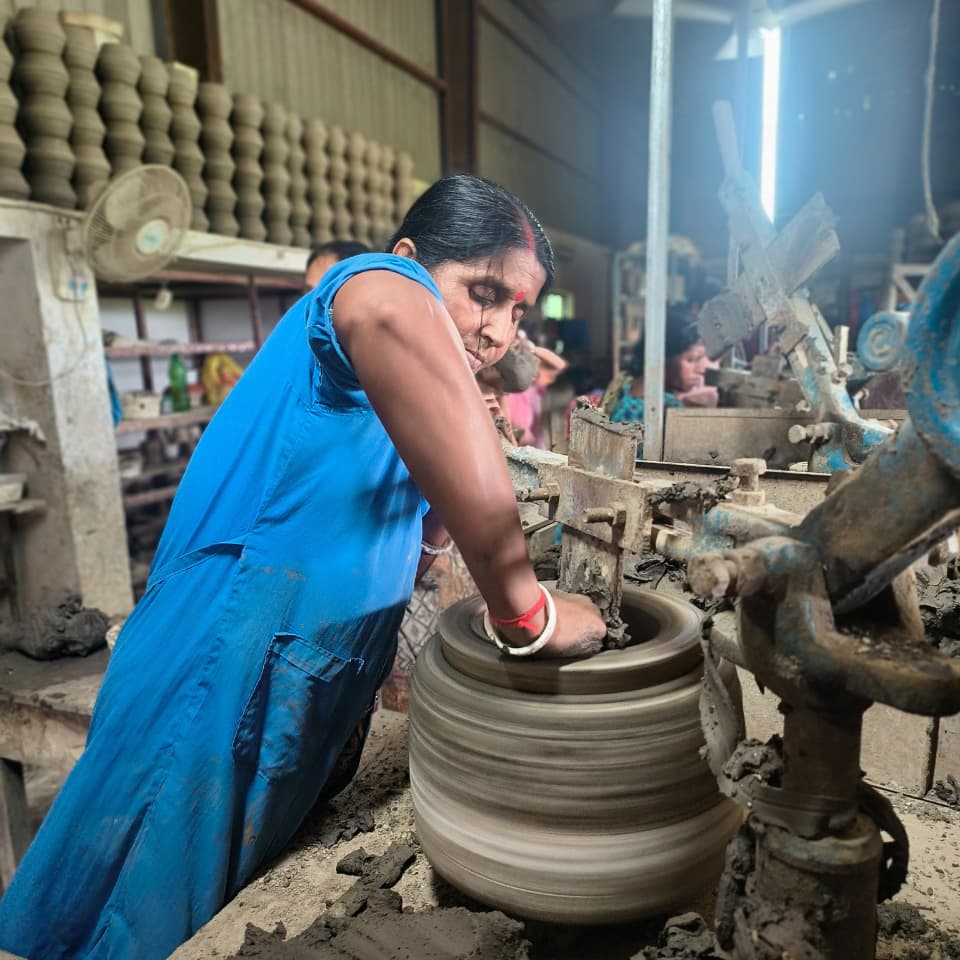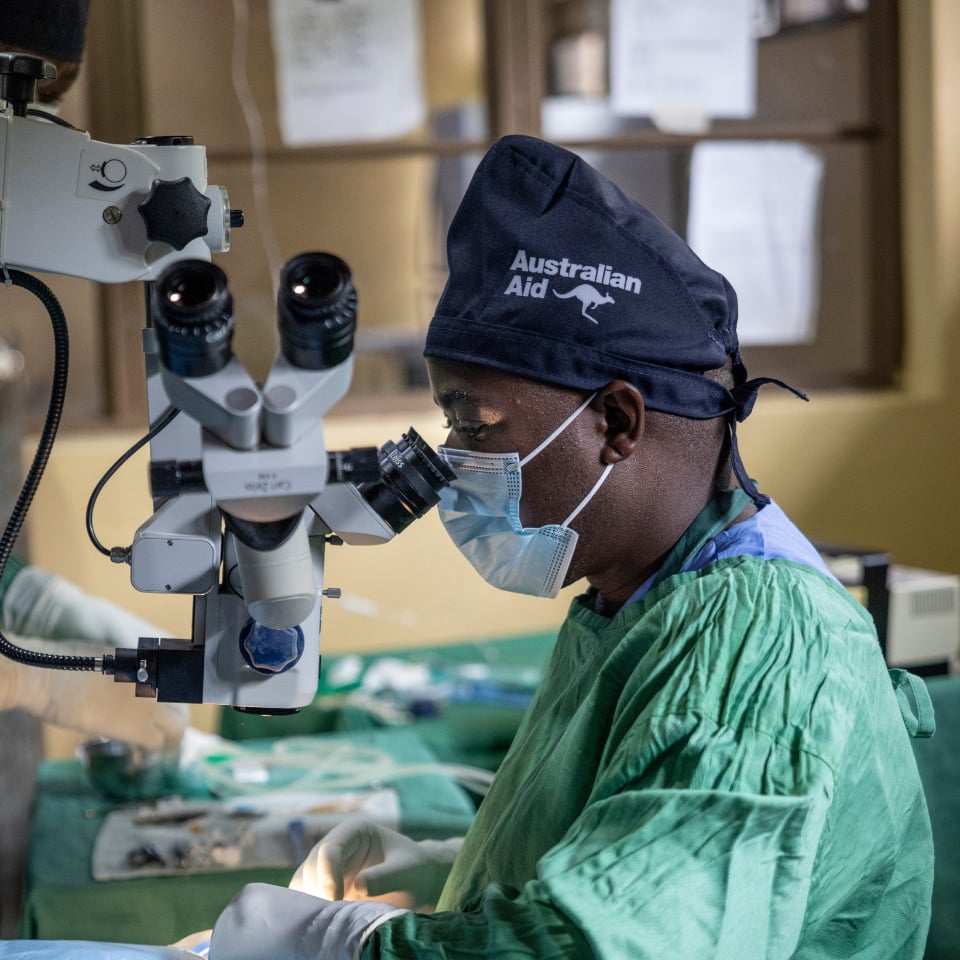Eye disease trachoma eliminated in Papua New Guinea

The Fred Hollows Foundation has welcomed the World Health Organization’s (WHO) confirmation that Papua New Guinea has eliminated the eye disease trachoma as a public health problem.
The Foundation has helped drive the final push to eliminating the disease in Papua New Guinea, with the support of the United Kingdom's Department for International Development following commitments made to Commonwealth Heads of Government meeting and the Australian Government through its NGO Cooperation Program (ANCP).
Trachoma is the world’s leading infectious cause of blindness. The disease thrives in areas where the water is scarce, and sanitation is poor.
The infection is easily spread through personal contact and by flies that have been in contact with people’s eyes or noses. It disproportionately affects mothers and children.
The Fred Hollows Foundation CEO Ross Piper congratulated the Government and partners for working collectively to eliminate trachoma as a public health problem.
“Since 2018, The Fred Hollows Foundation has supported trachoma initiatives in Papua New Guinea in partnership with the National Department of Health and PNG Eye Care.”
“This is a significant achievement that is only made possible through cooperation and collaboration from local through to international partners.
“The Government of Papua New Guinea has played a leading role in driving trachoma elimination activities and ensuring we reach the most remote areas of the country.”
“Our implementing partners, the National Department of Health and PNG Eye Care, have played a central role in driving the program forward, alongside our research partner, the London School of Hygiene and Tropical Medicine.
“We’re also grateful for the strong technical and advocacy support provided by the World Health Organization and the National Prevention of Blindness Committee, as well as survey support from the International Trachoma Initiative and Tropical Data.”
It is important to acknowledge that efforts to eliminate trachoma in PNG began many years ago. Foundational work, including trachoma rapid assessments conducted in 2012, laid the groundwork for success. We acknowledge the vital contributions of the following organisations to trachoma efforts:
- The Brian Holden Vision Institute
- Collaborative Vision
- The International Agency for the Prevention of Blindness
- The Global Trachoma Mapping Project
- The PNG Institute of Medical Research
- Sightsavers
- The Fred Hollows Foundation New Zealand
The Foundation’s Trachoma Coordination Manager, Dr Ana Cama, said “trachoma in Papua New Guinea is complex and presents atypically. Ancillary surveys looking at levels of scarring on the eyelid of 10-14 years old was crucial in understanding the picture of trachoma in the country and ultimately moving the country into drafting its dossier.”
The Pacific Country Manager, Sara Webster, said “Papua New Guinea’s journey to eliminate trachoma as a public health problem demonstrates that by working in partnership at the global and local levels, we can deliver results that have a lasting impact on people’s quality of life and wellbeing,”
Related articles

The eye doctor helping communities see again in Laos

Taking eye care to potters in Bangladesh

